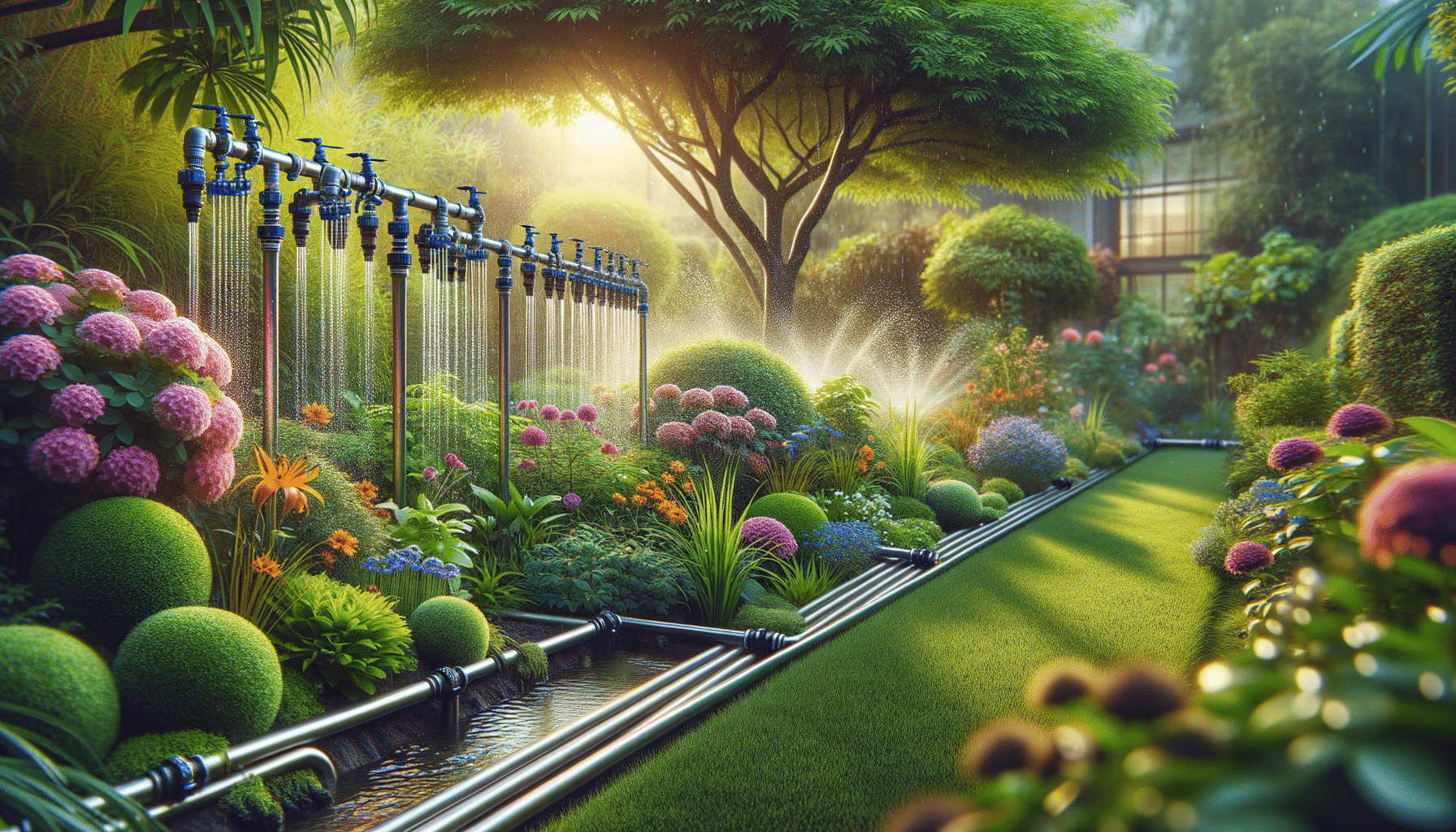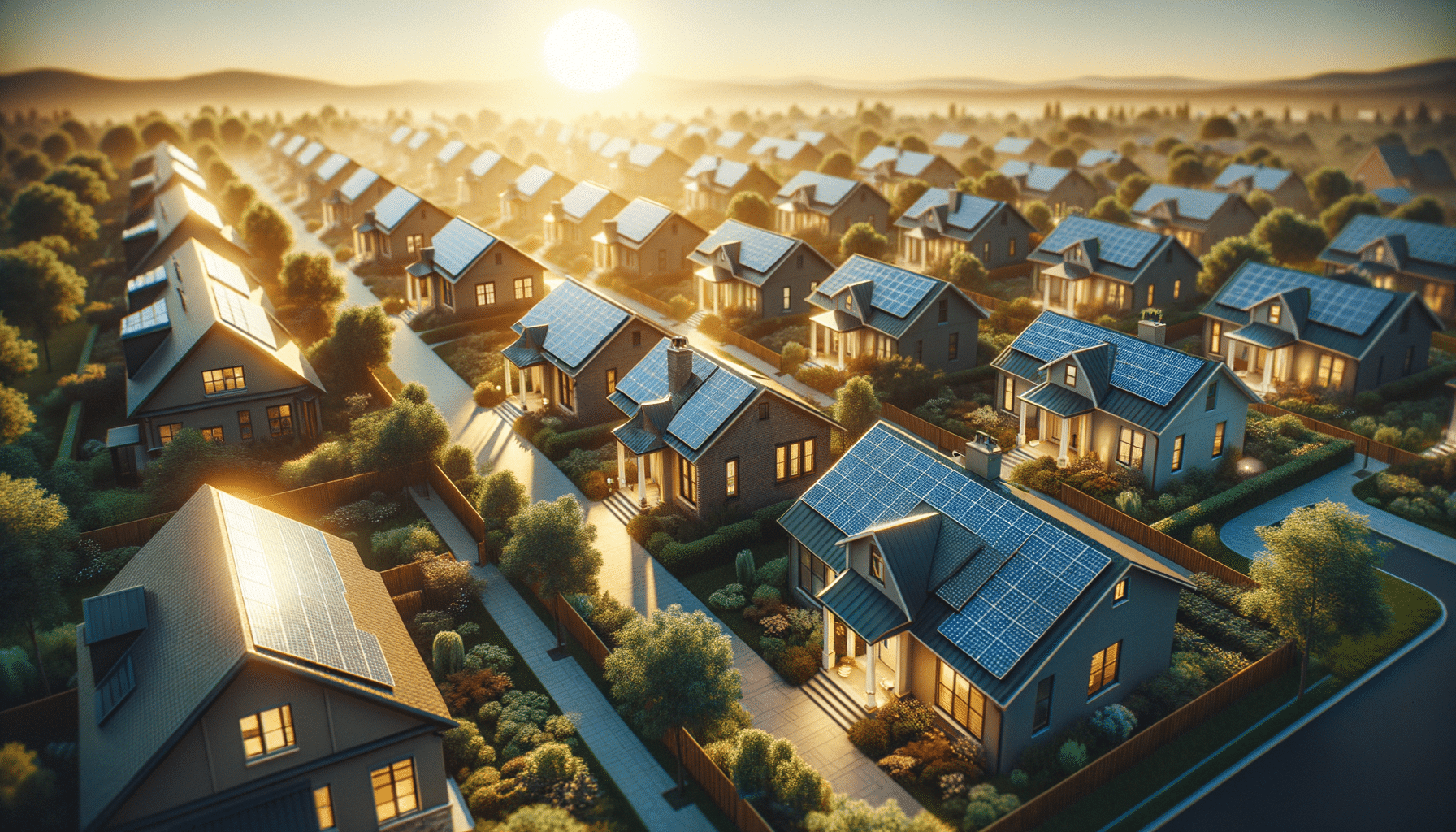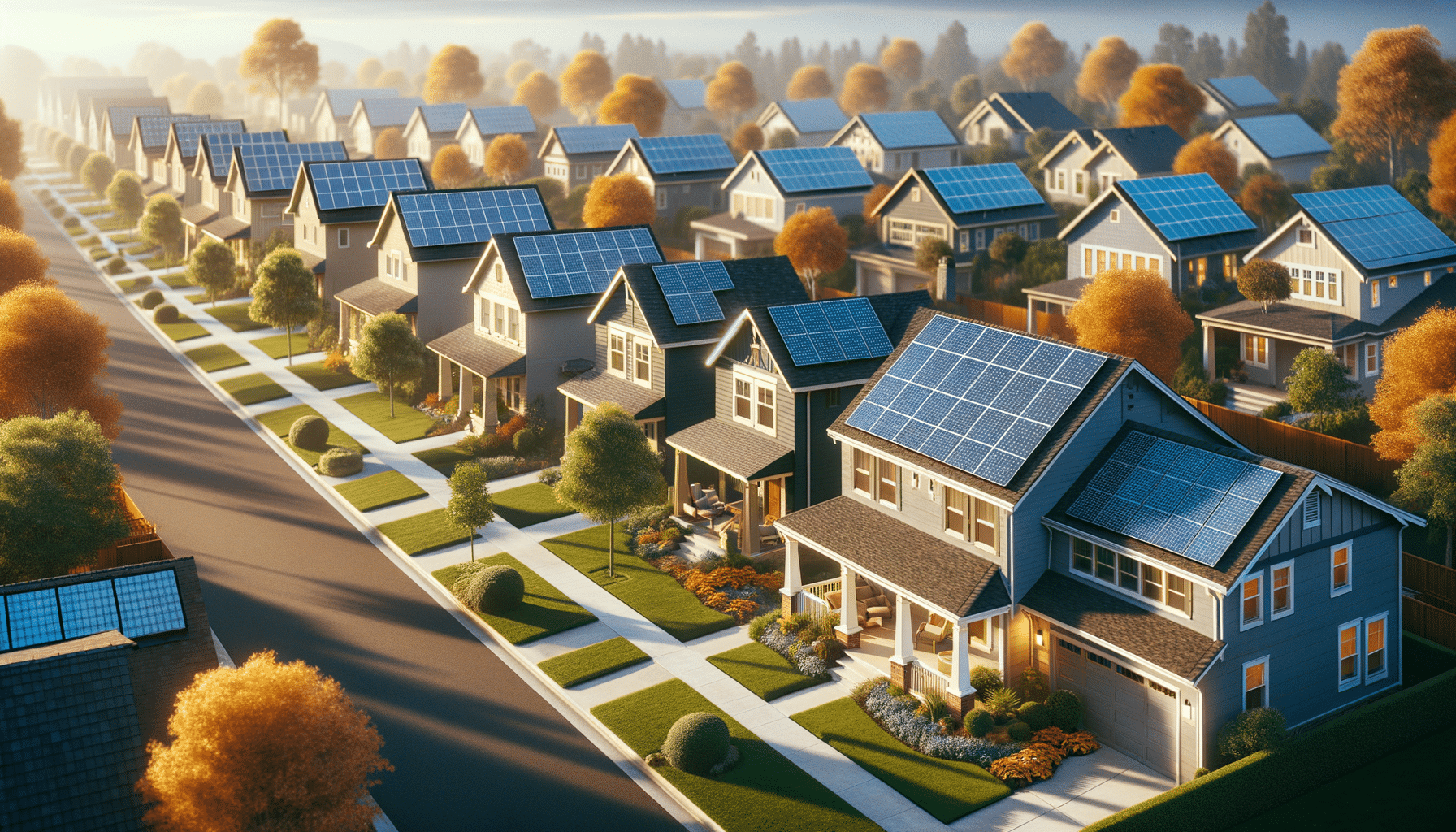
Guide to Home Irrigation Systems in the United States: Smart Water Conservation and Efficient Management
Understanding Garden Irrigation
Garden irrigation is a critical aspect of maintaining a lush, healthy garden. It involves the controlled application of water to plants at necessary intervals. The goal is to ensure that plants receive the right amount of water, which is essential for their growth and survival. With water scarcity becoming a pressing issue in many parts of the world, efficient garden irrigation practices are more important than ever.
There are several methods of garden irrigation, each with its own advantages and disadvantages. The choice of method often depends on factors such as the size of the garden, the types of plants being grown, and the local climate. Some common methods include:
- Drip Irrigation: This is one of the most efficient methods, where water drips slowly to the roots of plants through a network of valves, pipes, tubing, and emitters. It minimizes water wastage and is ideal for areas with water scarcity.
- Sprinkler Systems: These systems simulate rainfall by distributing water through a system of pipes and spray heads. They are suitable for larger areas but can be less efficient due to evaporation and wind dispersal.
- Soaker Hoses: These are porous hoses that allow water to seep out slowly along their length, directly watering the soil and plant roots. They are easy to install and ideal for small to medium-sized gardens.
Implementing the right garden irrigation system not only conserves water but also enhances plant health, leading to a more vibrant and productive garden.
Types of Irrigation Systems
Irrigation systems come in various forms, tailored to meet the diverse needs of gardens and landscapes. Understanding the different types of irrigation systems can help homeowners make informed decisions that align with their specific requirements and environmental conditions.
Some popular irrigation systems include:
- Surface Irrigation: This traditional method involves distributing water over the soil surface by gravity. It is simple and cost-effective but can lead to water wastage if not managed properly.
- Drip Irrigation: Known for its water efficiency, this system delivers water directly to the plant’s root zone, reducing evaporation and runoff. It is ideal for row crops, orchards, and gardens with diverse plant species.
- Sprinkler Irrigation: This system mimics natural rainfall by spraying water through a network of pipes and nozzles. It is versatile and can cover large areas but may require adjustments to minimize water loss due to wind and evaporation.
- Subsurface Irrigation: This advanced method involves placing irrigation pipes below the soil surface, delivering water directly to the root zone. It is highly efficient but can be costly to install and maintain.
Each irrigation system has its own set of benefits and considerations. Homeowners should evaluate their garden’s specific needs, local climate conditions, and budget constraints when selecting an irrigation system.
Smart Irrigation Solutions
With advancements in technology, smart irrigation solutions have become increasingly popular among homeowners looking to optimize water use and enhance garden management. These systems leverage technology to automate and monitor irrigation processes, ensuring that plants receive the right amount of water at the right time.
Key components of smart irrigation solutions include:
- Weather-Based Controllers: These devices adjust watering schedules based on local weather conditions, ensuring that irrigation is only applied when necessary.
- Soil Moisture Sensors: These sensors monitor the moisture levels in the soil, providing real-time data to adjust irrigation schedules accordingly.
- Mobile Apps and Remote Monitoring: Many smart systems come with mobile applications that allow homeowners to monitor and control their irrigation systems remotely, providing convenience and flexibility.
By adopting smart irrigation solutions, homeowners can achieve significant water savings, reduce utility bills, and maintain a thriving garden with minimal effort.
Maintaining Your Irrigation System
Proper maintenance of an irrigation system is essential to ensure its longevity and efficiency. Regular checks and timely repairs can prevent water wastage and ensure that the system functions optimally throughout its lifespan.
Here are some maintenance tips for irrigation systems:
- Regular Inspections: Conduct routine inspections of the irrigation system to identify leaks, clogs, or damaged components. Early detection can prevent more significant issues and costly repairs.
- Seasonal Adjustments: Adjust irrigation schedules and settings based on seasonal changes and plant needs. This ensures that plants receive adequate water without over-irrigation.
- System Flushing: Periodically flush the system to remove debris and sediment that may accumulate in pipes and nozzles, ensuring smooth water flow.
By following these maintenance practices, homeowners can enhance the efficiency and effectiveness of their irrigation systems, promoting healthy plant growth and conserving water resources.
Conclusion: Building a Sustainable Irrigation System
In conclusion, investing in a well-designed irrigation system can offer numerous benefits, including water conservation, enhanced plant health, and reduced maintenance efforts. By understanding the various types of irrigation systems and incorporating smart technology, homeowners can create sustainable and efficient watering solutions for their gardens.
As environmental concerns continue to grow, adopting responsible irrigation practices is not just beneficial but necessary. By taking proactive steps in managing water resources and maintaining irrigation systems, homeowners can contribute to a more sustainable future while enjoying the beauty and bounty of their gardens.


